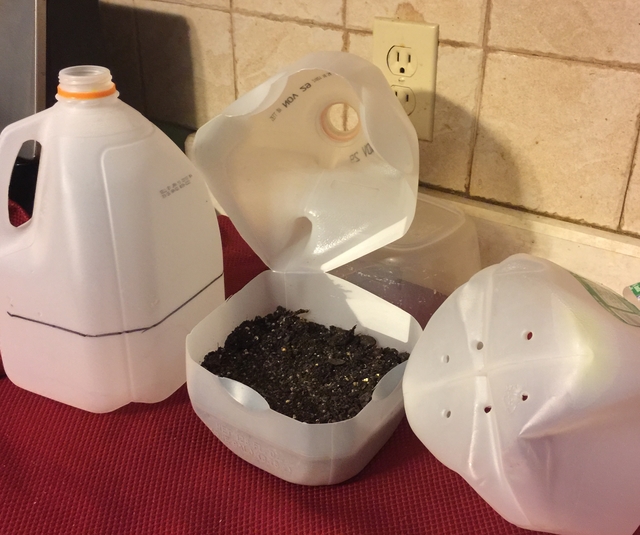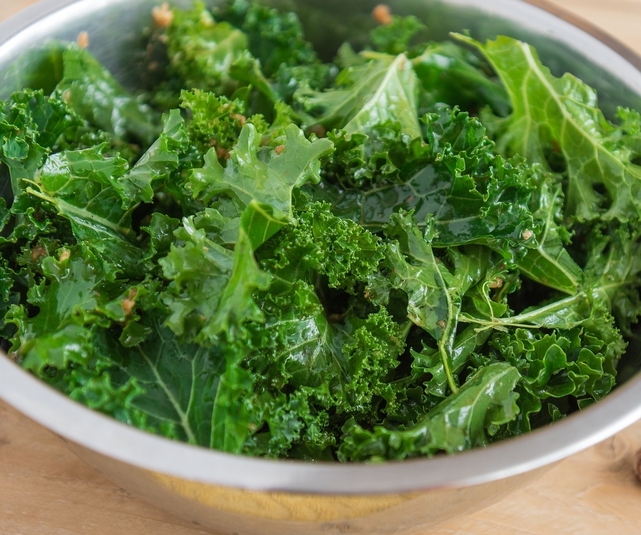Do you know that by simply adding one herb to your backyard garden, you can vastly improve the health and productivity of your chickens? Yes, that's right - the small but mighty herb known as dill has been proven to have numerous benefits for our feathered friends.
In this article, we will dive into the world of dill and its powerful effects on chickens. From its nutritional value to its role in preventing common illnesses, we will explore all the reasons why growing dill for your chickens is a must. So grab your gardening gloves and get ready to learn how this simple herb can make a big impact on your flock's well-being.
Why Feed Dill to your Chickens?
Dill is a popular herb that is easy to grow and offers numerous health benefits to your chickens. It is rich in nutrients and has antimicrobial properties that can help prevent infections and promote digestive health. Plus, its unique flavor and aroma can add some variety to your chickens' diet and make their food more appealing.
Vitamins: Dill is rich in vitamins A, C, and K, all of which are important for maintaining healthy immune systems and promoting overall health in chickens.
Minerals: Dill is also a good source of several minerals, including calcium, iron, and manganese. These minerals are important for bone health, blood circulation, and the production of eggs.
Antioxidants: Dill contains several antioxidants, including polyphenols and flavonoids. These antioxidants can help protect chickens' cells from damage and promote overall health.
Essential Oils: Dill also contains essential oils, such as carvone and limonene, which can have antimicrobial properties that can help prevent infections in chickens.
Fiber: Dill is also a good source of dietary fiber, which can help promote digestive health in chickens and prevent digestive issues like constipation.
Overall, dill is a highly nutritious herb that can provide several health benefits to chickens. Incorporating dill into their diet can help promote overall health and well-being, and can be a great way to supplement their regular feed.
Growing Dill
Dill is a warm-season annual herb that has feathery leaves on fronds that add a pleasant anise-like flavor to kinds of seafood, soups, salads, and sauces. Its subtle taste complements fish and shellfish. In addition to providing aromatic seeds and foliage, Dill will brighten your garden with its yellow-green flowers in the spring and fall.
Types of Dill
Bouquet is the most popular Dill grown for its fragrance of leaves and seeds. Used for both pickling and cooking.
Taller Varieties include Mammoth and Long Island and may need to be staked.
Fernleaf Dill Weed (aka the Fish Dill) is popular for its use in fish.
Starting Dill from Seed
Seed Longevity: 3 years.
Seed Dowing Depth: ¼”.
Best Soil Temp for Germination: 60-70 degrees.
Days to Germination: 7-10 days.
Spring Sowing: Direct sow after last frost.
Sow Indoors - Not recommended; does not transplant easily.
Winter Sowing
If you haven't tried winter sowing, you're in for a treat. This method is especially good for sowing herbs. Winter sowing is basically sowing seeds in the bottom of clear milk jugs in the winter, setting the milk jugs outside for the winter and leaving them there until they germinate in the Spring.
For our article containing detailed information about Winter Sowing, click here.
To watch our 30 minute video on how to winter sow, click here.
Growing Dill
Plant size: Generally grows 2-3’.
Growing Soil Temperature: 60– 70 degrees.
Spacing: 12-15”.
Container Size: 20 seeds per 18” pot.
Soil: Well-drained, moderately rich and loose.
Watering: Loves moist soil.
Light/Sun: Full sun 6-8 hours.
Fertilizer: Light to none.
Good Companions: Cabbage, onions.
Bad Companions: Carrots.
Other Care Tips
- Shelter from strong winds.
- It doesn’t transplant well.
- Successive planting every 2-3 weeks for a continuous supply.
- Attracts beneficial insects such as wasps and other predatory insects.
- Attracts bees and butterflies.
- Tall Dill plants may need staking.
- Create a permanent Dill weed patch by allowing seeds to fall and self sow the next season.
Dill Cuttings
By placing Dill cuttings of 4-5” in length into water, the cuttings will grow roots in 3-4 weeks.Harvesting Dill Leaves
As soon as the plant has 4-5 leaves, you can start to harvest. Pick off remaining leaves just before the flowers open or let seeds develop for harvesting. You can always pinch off leaves as needed.
Harvesting Dill Seeds
After the Dill plant flowers, allow the seed heads to dry on the plant. Cut the entire seed head when seeds are a pale brown. Thoroughly dry seeds and store in an airtight container.
Storing Dill
Fresh
Bouquet Storage
This method works well for tender herbs with soft stems and leaves.
Clean and thoroughly dry the Dill. Trim the end of the stems and remove any wilted or browned leaves. Place the Dill into a Mason jar or clear glass with 1" of water like a bouquet of flowers. Loosely cover with a plastic bag or cling wrap. Label and store in the fridge.
Dill will stay fresh in the fridge with this method for up to 3 weeks.
Freezing
For best results, use frozen Dill within 1-2 years.
By freezing herbs, you will lose some of the herb's texture but preserve the flavor.
Here are some suggestions for freezing Dill.
Tray Freeze
Spread the Dill onto a cookie sheet on a single layer. Freeze in the freezer, then transfer the herbs into a labeled freezer bag to store. Since the leaves are frozen separately, you can easily remove the amount you need.
Ice Cube Trays
Clean and thoroughly dry the Dill. Mince and firmly pack herbs into ice cube trays 3/4 full. Add water to fill and freeze. Transfer frozen cubes into a labeled freezer bag to store.
Flat Freezer Bag
Clean and thoroughly dry the Dill. Chop herb into 1/2" pieces, place in a labeled freezer bag. Squeeze out the air, lay flat and freeze.
Drying
Dill does not dry well.
Using Dill
- Brings a great tang to potato recipes.
- A small amount can go a long way, so use sparingly at first.
- Use in salads and salad dressings and of course to pickle cucumbers.
- Delicious accent to eggs, cheese, vegetables, and fish.
~~~~~~~~~~~~~~~~~~~~~~~~~~~~~~~~~~~~~~~~~~~
In conclusion, growing dill for chickens is not just a simple task, but a beneficial one for both the chickens and the farmer.
As we've learned, dill provides numerous health benefits for our feathered friends, and its pungent aroma can also repel pests and attract pollinators. But beyond that, it's a reminder that what we choose to grow and feed our animals can have a significant impact on their overall wellbeing.
So, let's strive to be mindful and intentional in our farming practices, and remember that even a small herb like dill has the power to make a big difference.
Growing your own herbs is fun, easy, more healthy than the herbs shipped to grocery stores, and what's best, saves you tons of money! Try it today.
~~~~~~~~~~~~~~~~~~~~~~~~~~~~~~~~~~~~~~~~~~~~
Back to Our Blog Homepage!
This post may contain some Amazon Associate links meaning that I will get a small compensation at no expense to you if you purchase something from this blog.







